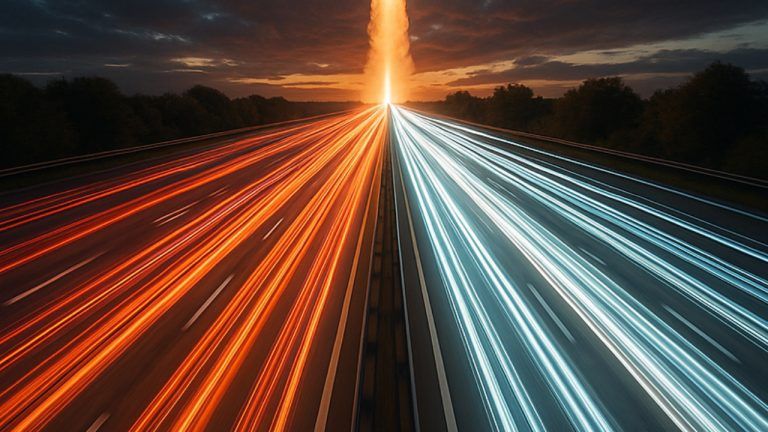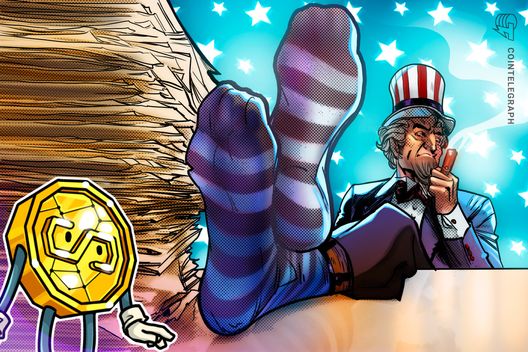
Key Points
Public Service Loan Forgiveness was designed to provide public service workers loan forgiveness after making 120 qualifying payments on their student loans. With many borrowers delayed on their milestone due to the SAVE forbearance, they are left wondering: should they wait for PSLF buyback or restart payments now under a different income-driven repayment plan?
The PSLF buyback option allows borrowers to retroactively "buy back" certain months of forbearance toward their loan forgiveness by making a lump-sum payment. Yet the PSLF buyback program has been plagued by long delays, with many borrowers waiting close to a year for decisions. Given the current pace of processing, new buyback requests could take upwards of two years!
For borrowers who are just a few months short of 120 qualifying payments, the choice between waiting for buyback or resuming monthly payments has become a pressing financial decision.
Would you like to save this?
How PSLF Buyback Works
The PSLF Buyback Program allows borrowers to make retroactive payments for specific periods of forbearance or deferment if they were working full-time for a qualifying employer at the time.
For those impacted by the SAVE forbearance, the buyback payment would likely be calculated based on what their monthly bill would have been under REPAYE (since it would have been the lowest monthly payment option available), which, like IBR and PAYE, sets payments at 10% of discretionary income.
That means for many borrowers, the buyback calculation is essentially the same as what they would have paid if they had been on IBR or PAYE all along. The difference lies in how payments are made: buyback requires a lump sum, while IBR and PAYE spread costs out monthly.
Delays add another layer of difficulty. Processing times for PSLF buyback are averaging 10 to 11 months for those who submitted last year, but the current backlog and processing rate means that moving forward, it could take up to two years.
Borrowers who wait for buyback could find themselves in limbo long after they’ve technically reached the 120-payment threshold.
Why It May Be Faster To Choose IBR Or PAYE Instead
For borrowers who can afford making monthly payments right now, switching back to IBR or PAYE could be the faster option. Then, borrowers can basically achieve their 120 payment milestone "the old fashioned way" without having to rely on the PSLF buyback program.
This route avoids the uncertainty of waiting a year or more for buyback approval and sidesteps the need to come up with a potentially large lump-sum payment. For those nearing forgiveness, a handful of monthly payments may be more manageable than one large bill.
However, there are exceptions. Borrowers whose income has changed significantly may find their buyback amount lower than what they would currently owe under IBR or PAYE. Others may prefer buyback if they cannot handle monthly payments in the short term but can manage a lump sum later (in a year).
Of course, this also assumes you're eligible for New IBR, which is 10% of discretionary income, versus old IBR, which is 15% of discretionary income. In that scenario, you likely will have a higher payment if you resume repayment.
The Math: Examples Of Buyback vs. IBR
Here is what we're talking about. Let's take a borrower making $80,000 per year, looking to buy back the last 12 months of payments. Let's assume her income was $80,000 consistently each year.
REPAYE payment: $478
IBR payment: $478
If you received a buyback offer for 12 months of payments, you'd owe a lump sum of $5,736. If you made 12 months of IBR payments at $478, you'd pay a total of $5,736 over the next 12 months.
You can use our student loan calculator to run some estimates of your student loan payments.
But for many, the math is the same - the question is: do you want to wait?
What's The Best Path Forward?
There is no one-size-fits-all answer. Borrowers need to consider their financial situation, job stability, and tolerance for uncertainty. Those within 12 months of forgiveness or less should carefully compare the cost of buyback against the expense of resuming payments.
Here are practical considerations:
Your income situation. If your income has recently dropped, your IBR payment may be cheaper than past year's REPAYE payments.Consider your liquidity. Can you realistically afford a lump sum, or would monthly payments be more manageable?Weigh the delays. If you are close to 120 payments, resuming repayment may bring faster forgiveness than waiting a year (or longer) for buyback processing.Document everything. Whether you pursue buyback or monthly payments, employment certification and accurate records remain critical.For public service workers nearing forgiveness, the question of buyback versus repayment is frustrating. The goal is loan forgiveness for a program that they worked hard for a decade, but now the options are more confusing than ever.
Buyback offers a way to reclaim lost credit, but delays and lump-sum requirements create real challenges. For many, returning to IBR or PAYE may provide a clearer, quicker path to forgiveness.
Don't Miss These Other Stories:
Editor: Colin Graves
The post PSLF Buyback or IBR: What’s Better Near Forgiveness? appeared first on The College Investor.


 15 hours ago
4
15 hours ago
4 










 Bengali (Bangladesh) ·
Bengali (Bangladesh) ·  English (United States) ·
English (United States) ·